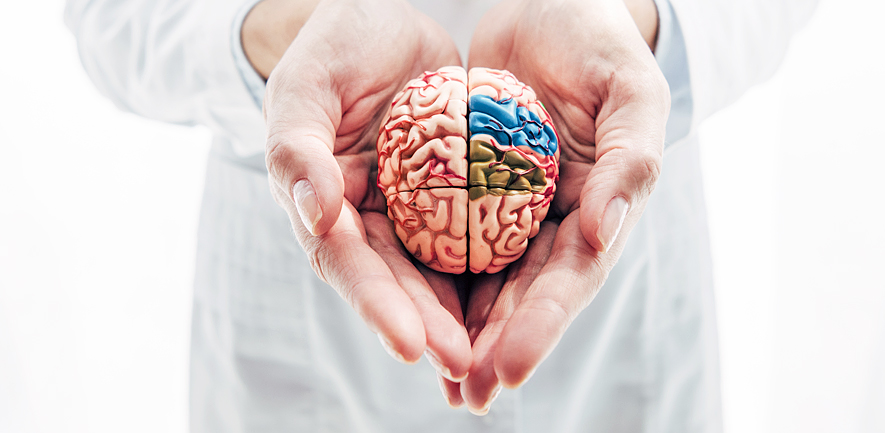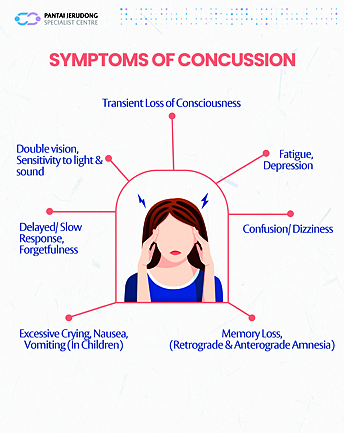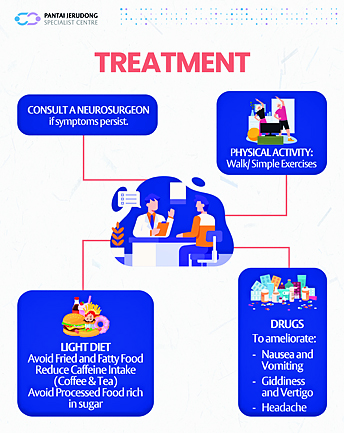The brain is a soft, cheese-like, pulsating mass floating in a pool of fluid called cerebrospinal fluid (CSF) within a very rigid container called the skull. Unlike other major organs of the body, the brain is well protected all around by the thick skull.
This was detailed by Pantai Jerudong Specialist Centre (PJSC), Brunei Neuroscience, Stroke and Rehabilitation Centre (BNSRC), Department of Neurosurgery Consultant and Head Dr John Mathew, in his article titled I Ain’t Myself – The Effects of Brain Concussion.
Dr Mathew said, “It requires a lot of force to break this protective barrier and causes injuries to the brain. But since it is floating in the pool of CSF, it is susceptible to movements within the skull.
“The brain can move linearly and hit the inner surface of the skull, and this can cause abrasions and minor injuries to the brain called contusions, coup or contre-coup injuries.”
The neurosurgery consultant, however, noted that perhaps the most dangerous is the angular rotation or torsion of the brain around its own axis, which tends to stretch and damage the nerve cells and their connections, the axons.
Depending on the severity, the damage can be temporary or severe.
“The more acceleration and deceleration forces, the greater the damage that can occur to the individual neurons and their axons,” said Dr Mathew.



The article also delved into the account of Farah, a patient who encountered a cerebral concussion due to a car accident, as narrated by the neurosurgery consultant.
It shed light on the transformative effects on her life following the incident.
Concussion refers to any form of brain jolt that disrupts brain functions physiologically, without causing obvious anatomical damage. A computed tomography (CT) scan primarily detects significant brain injuries like contusions or haemorrhages, while subtle harm to individual neurons remains imperceptible on such scans.
Common post-concussion symptoms encompass confusion, amnesia, fatigue, mood swings, as well as heightened sensitivity to light and sound. In infants and young children, nausea and vomiting are more prevalent and typically subside within a day or two.
Dr Mathew explained that the twisting and stretching of brain cells and their axons perturb the brain’s inter-regional communication. Seamless cooperation among multiple brain regions is essential for all mental activities.
Disruption in this communication system affects specific brain functions, usually impacting intricate activities the most. Temporary disruptions tend to normalise, resulting in no neurological deficits. This is the prevailing aftermath of most concussions.
Conversely, severe damage may lead to a comatose state or enduring neurological impairments.
Amnesia is a common symptom in concussion, often rendering the person unable to recall the triggering event.
The hippocampus, a small seahorse-shaped brain structure responsible for memory storage, is affected by the impact. Recent information isn’t saved during the collision, leading to retrograde amnesia or memory loss prior to the event. The extent of this amnesia depends on the injury’s severity.
Additionally, the force of impact may prevent information processing during and immediately after the event, resulting in anterograde amnesia or the inability to form new memories.
In retelling Farah’s experience, she awoke later than usual, feeling hazy with diminished work enthusiasm. Her once rewarding tasks now seemed unappealing.
Meetings drained her, emails and reports became tedious, and planning sessions turned chaotic. Fatigue was ever-present, and the desire to work evaporated, replaced by a sense of hopelessness that made her cry. She feared she might not regain her former self.
Noticing the changes, her friend Nurul intervened. Short walks, conversations, and positive counselling lifted Farah’s spirits. Visits to favourite places and future plans brightened her mood. Headaches eased, thoughts flowed, lost memories faded, and enthusiasm returned.
Concussion’s transitory nature became evident as Farah reclaimed her old self.
However, the neurosurgery consultant said some endure prolonged symptoms known as post-concussion syndrome, particularly those who suffered severe injuries or had previous concussions.
Common in contact sports and military training, this syndrome includes persistent headaches, dizziness, fatigue, anxiety, poor concentration, forgetfulness, altered sleep patterns, and even depression.
Treatment involves medical evaluation, possible medication, dietary adjustments, exercises, and activity modifications to facilitate recovery. “With more research on brain disorders there is better understanding of the post-concussion syndrome,” said Dr Mathew.
“Repeated trauma to the brain seems to leave its mark on the normal functioning of the brain. Among professionals, there is more awareness of the effects of repeated minor trauma on the mental health of sports persons and those involved in military service.”
Anxiety, depression, suicidal thoughts are not taken lightly and there are more avenues for medical treatment and counselling. There should be more awareness created among the lay public so that the suffering individual is taken seriously and be treated with more compassion.
“Injuries to the brain cannot be eliminated but certainly precautions can be taken to mitigate the effects of such injuries to the brain,” concluded the neurosurgery consultant. – Izah Azahari


